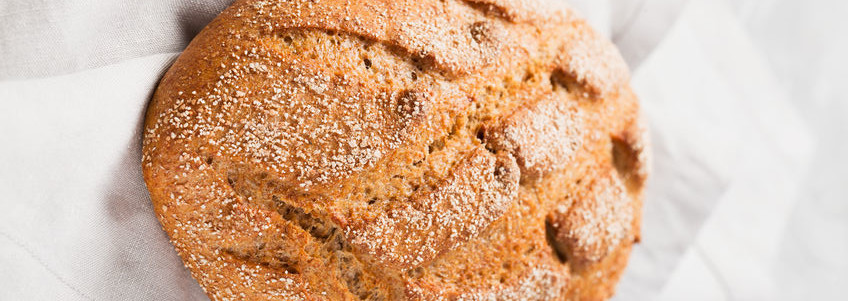
Food Trends: Adding probiotics
According to a Markets and Markets report published in January 2019, the probiotics market is growing at an estimated rate of 7% per year and is projected to reach a value of 69.3 billion US by 2023, with the main contributing segment being food and beverage. A Mordor Intelligence market study predicts the probiotic market will increase annually by 7.5% reaching a value of 76.85 billion by 2024.
This steady increase in the popularity seems linked to an increased awareness among consumers of the importance of diet in health. The mounting evidence on the safety and benefits of probiotics have also increased consumer’s faith in their efficacy.
Because most probiotics are sensitive to heat and oxygen, they have traditionally been marketed as supplements or in chilled products, and more specifically in fermented dairy products such as yogurt or kefir. Given the increased demand for a variety of probiotic-fortified foods, especially foods with lower cholesterol and lactose content, new heat-resistant strains are being developed, widening the range of applications for probiotics in foodstuffs.
The trend has already reached the baking industry with the launch of several products with added probiotics. Some bakeries and companies are manufacturing probiotic enriched products such as bread, cookies, pancake mix, muffins and bars, to only name a few.
Baking with Probiotics
Most probiotics being heat-sensitive, they are often added to baked goods after the baking process, in order to ensure their viability. This is done in two ways:
- Sprayed-on probiotic formulas which can be added to the product at the last step before packaging.
- Integrated into an icing or frosting or filling added at the end of the baking process.
Although these methods are all good ways to add probiotics, there is undoubtedly an advantage in adding the probiotic directly into the product during dough preparation. This would not only eliminated the need for an added step at the end of the process, it would also ensure a more uniform distribution of the microorganisms. In addition, with this method, probiotics can also be added to a greater variety of baked goods, whether sweet or savory.
In order for a probiotic to be successfully integrated into the baking process, certain characteristics and conditions must be met. The strain of microorganism used must be safe, remain stable throughout the production process as well as throughout the product’s shelf-life, and not interfere with the inherent qualities of the product.
What’s the link between probiotics and gut health?
Based on scientific evidence, probiotics are live microorganisms that provide benefits when consumed in sufficient amounts.
Probiotics are often used to counteract antibiotic side-effects (diarrhea, constipation, cramping, ulcers, and bloating) due to the good bacteria being killed along with the bad bacteria.
They also promote gut health by encouraging the proliferation of beneficial bacteria in the gastrointestinal tract (GIT) and play an integral role in the immune function by preventing the attachment and activity of pathogenic bacteria in the intestinal walls.
The human body contains trillions of microorganisms with the majority being harmless, or beneficial to the optimal functioning of the body. The human GIT is one of the areas of the human body where there is the greatest concentration and variety of living microorganisms. The number and diversity of these microorganisms are what ensure a healthy gut, which helps digestion and metabolism and prevents gastrointestinal problems. The gut microflora also contributes to the body’s immune function as well as to the maintenance of cognitive health through the gut-brain axis.
A person’s gut bacteria population is affected by his genetics and diet. However, various stresses such as disease, the use of antibiotics or environmental factors can alter the gut’s beneficial bacterial population. It is possible however to restore the good bacteria population through diet and consumption of fermented probiotic-rich foods or probiotic supplements.
Symbiotic Benefits
In order to optimize their activity in the GIT, probiotics work in collaboration with prebiotics, in what is called a symbiotic relationship. Prebiotics, which are indigestible food components, act as a food source for probiotics, contributing to their growth and proliferation in the GIT. Prebiotics can be found in a variety of ingredients, including wheat, meaning that there are naturally occurring prebiotics in baked products made with wheat flour. Thus, producing baked products with added probiotics would naturally create a symbiotic effect between the added probiotics and the prebiotics already found in the dough.
The addition of probiotics to baked products therefore provides health benefits on different fronts and through various mechanisms. In order to determine if your product will be eligible for certain health claims, check with your country’s regulatory body.

